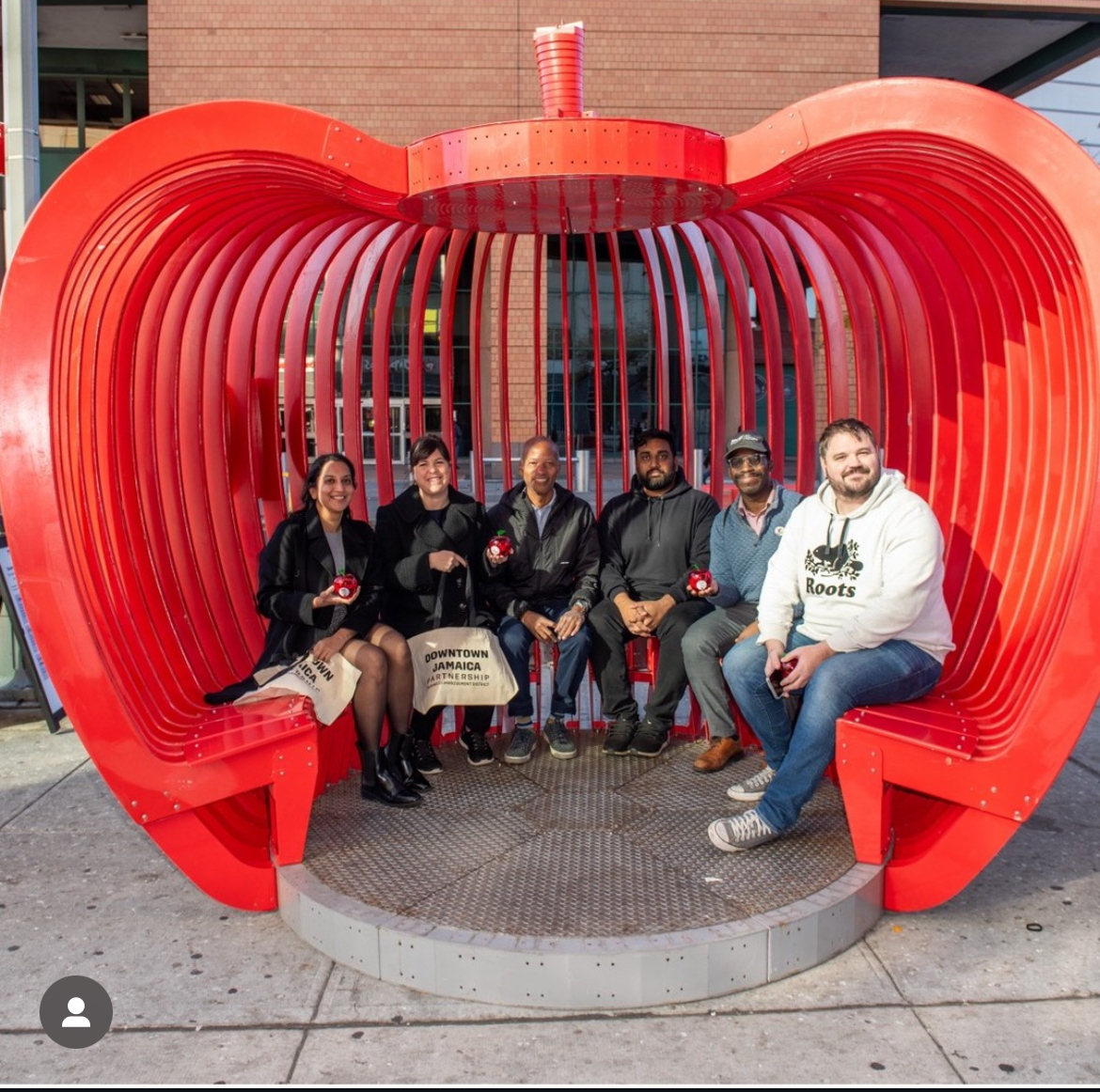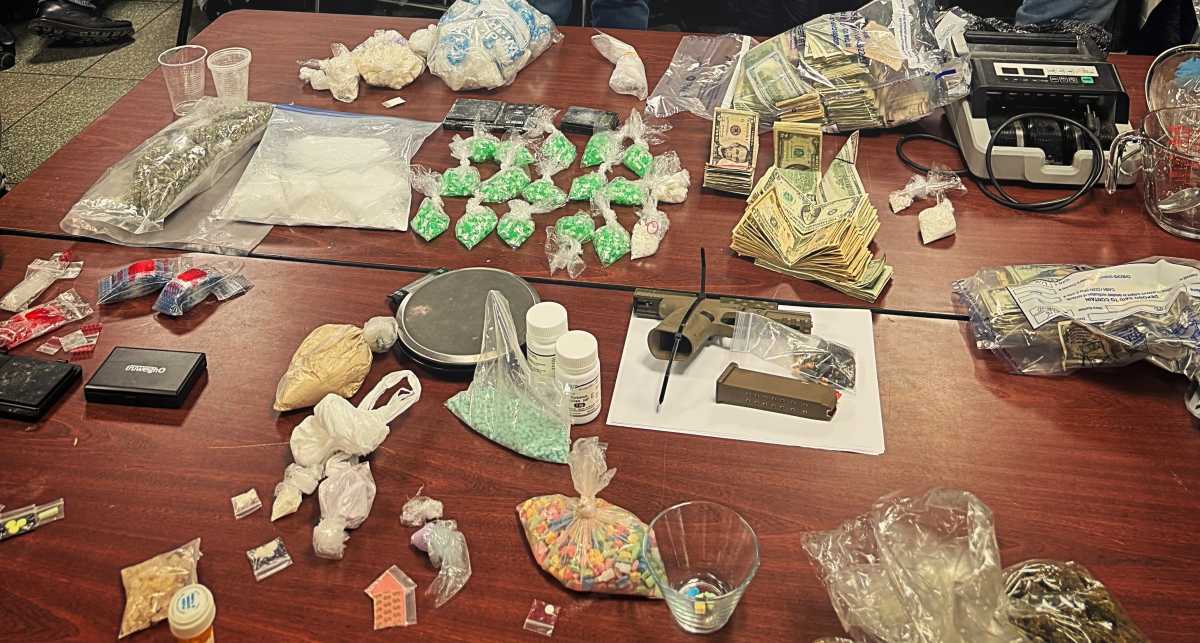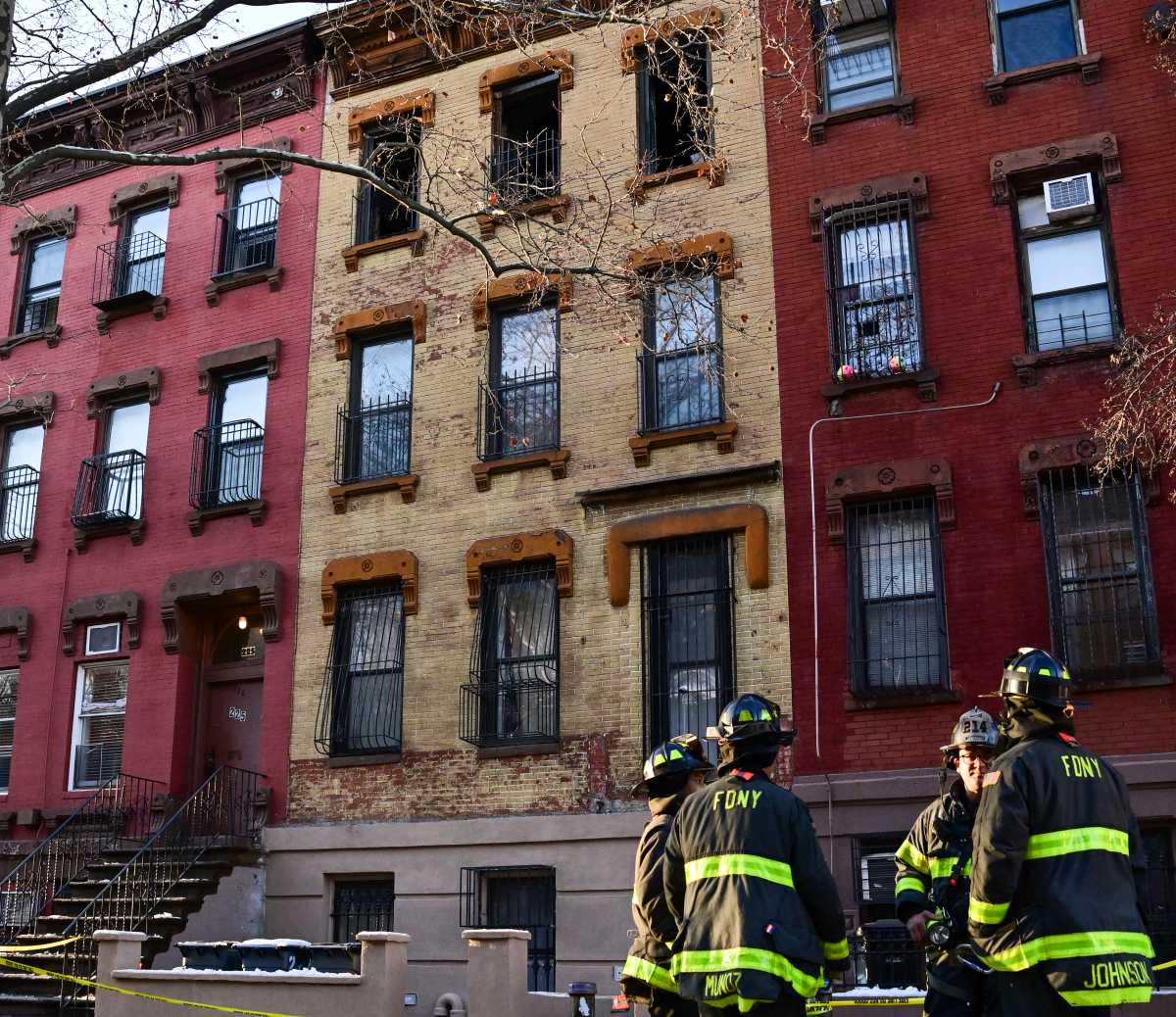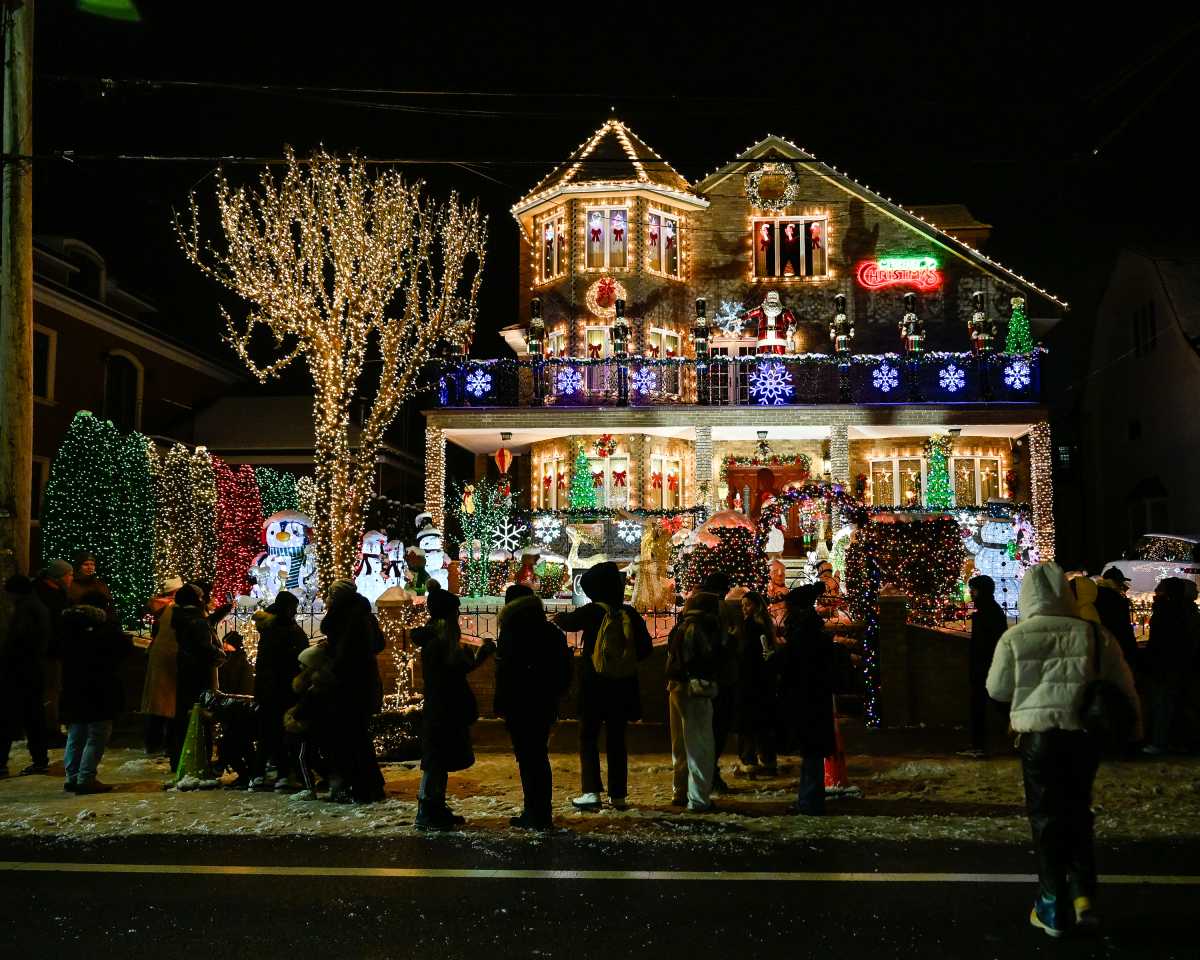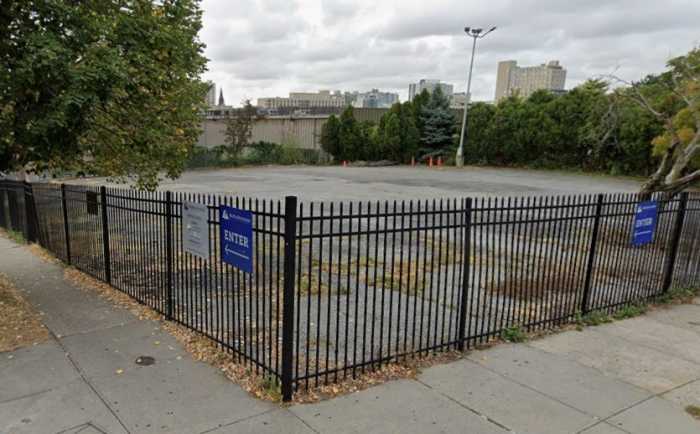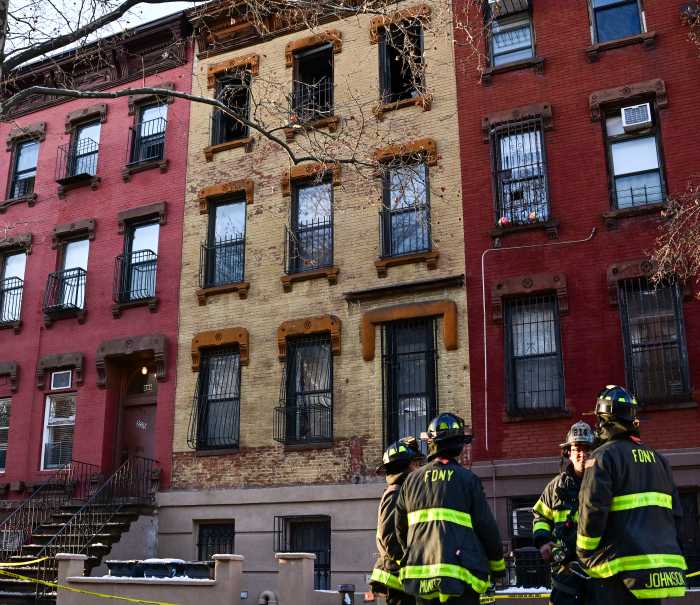A new city report released on Friday found that preventing cars from parking near intersections only provides a pittance of traffic safety relief.
According to a NYC Department of Transportation (DOT) study, daylighting — a practice of prohibiting parking at intersections to prevent collisions — only works in specific situations and under certain parameters.
At its worst, daylighting can even make traversing through intersections dangerous, as lead-foot drivers might speed up if they see a clear path, the report revealed.
Local politicians and advocacy groups have often said daylight areas, which are marked with signage or physical barriers such as planters, bike racks or bollards, help improve traffic safety. In fact, Mayor Eric Adams announced in 2022 that at least 100 intersections would have bike corrals by the end of the year to help provide better visibility for drivers, cyclists and pedestrians.
But, the new report, which the DOT was required to conduct under the city’s Local Law 66 of 2023, found that daylighting does not have the effects many people anticipated.
“Hardened daylighting, or daylighting with physical infrastructure installed such as planters or safety bollards, had a statistically significant safety benefit with relation to pedestrian injuries, but was less effective than other street safety treatments,” the study read.
And daylighting with only signage and no physical barriers fared worse. On average, daylighting with signs alone was not found to have a statistically significant safety benefit, though DOT researchers found that signs could be helpful in some instances when visibility is a particular concern.
DOT Commissioner Ydanis Rodriguez said he would use “every tool” to safeguard road users. He also highlighted the city’s ongoing Vision Zero initiative that aims to prevent traffic deaths.
“Every New Yorker deserves safe streets, and under Vision Zero we are making historic progress reducing traffic injuries and deaths across our city,” the commissioner said. “Half of all traffic fatalities in our city occur at intersections and we will use every tool in our toolbox to make them safer places for everyone. The findings in this report will inform our data-driven approach to safeguard pedestrians, cyclists, drivers, and all who share our streets.”

The DOT report examined 756 daylighting zones and 7,558 intersections with fire hydrants. While hydrant zones do not fall under the term “daylighting,” they still represent areas where cars are not permitted to park. Researchers then compared these zones’ injury histories with those of other locations citywide.
They found that the hydrant zones were associated with a 30% higher normalized rate of pedestrian and total injuries.
A possible reason for this increase in injuries? Drivers might go faster if they have a wider range of visibility.
“Visibility is a positive for traffic safety if it allows road users to see each other clearly and use that information early to avoid a crash,” the report read. “However, increased visibility can also give a driver the sense that all possible risks are known, encouraging faster speeds, reduced caution and less attention to the road.”
Adding more physical infrastructure to daylighting
However, transportation advocates said that the city and DOT officials should not totally dismiss daylighting.
“We’ve always said that it’s not just the removal of parking but also the inclusion of some type of physical elements,” Ben Furnas, director of the nonprofit Transportation Alternatives, said in a Gothamist article.

The report said the DOT will still use daylighting on a per-situation basis–not universally–as part of the agency’s ongoing and standard safety toolkit.
It will also prioritize using other intersection safety features besides daylighting to reduce vehicle speeds and improve visibility, such as sidewalk extensions, which officials said have “greater safety benefits.”
amNewYork Metro contacted the mayor’s office for comment on this story and is awaiting a response.
Read More: https://www.amny.com/nyc-transit/







